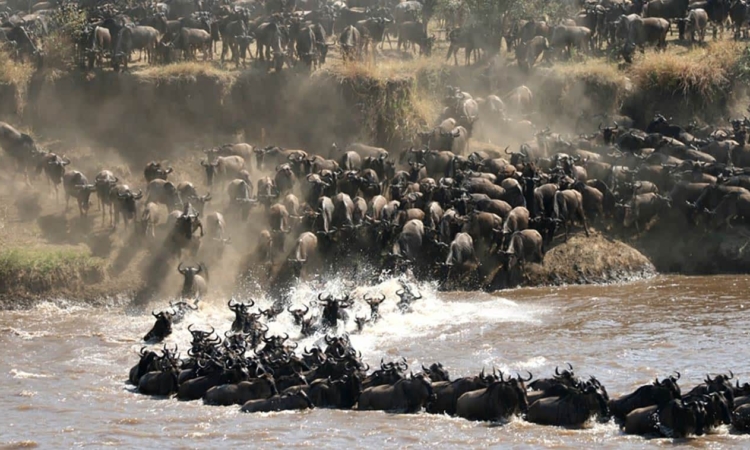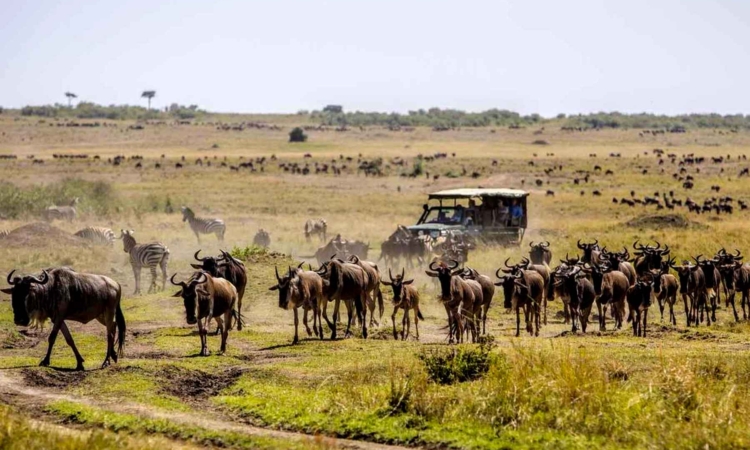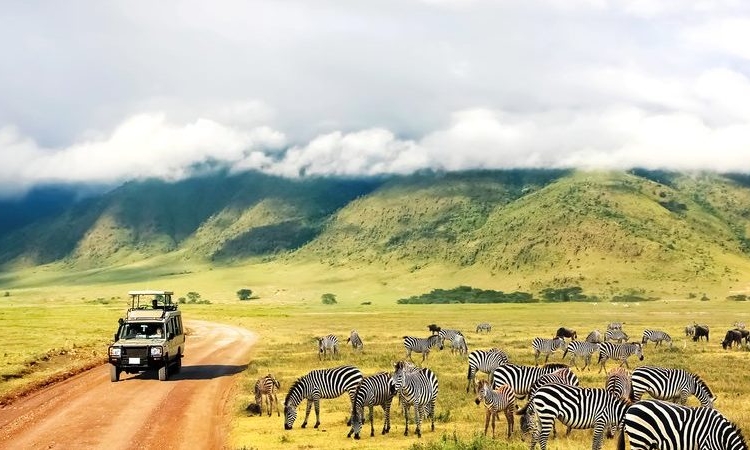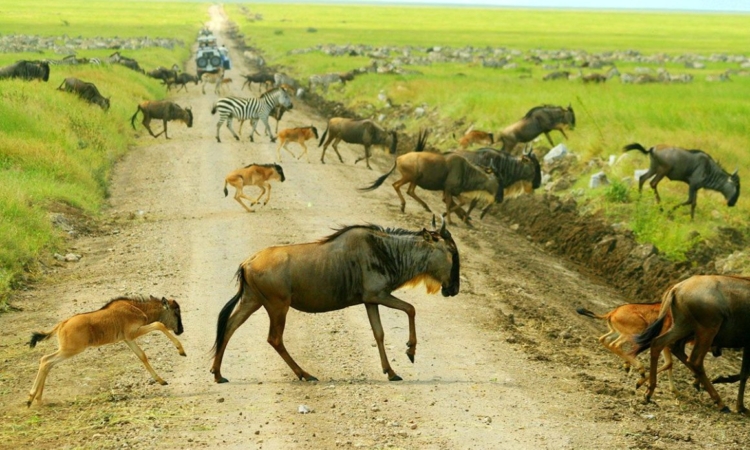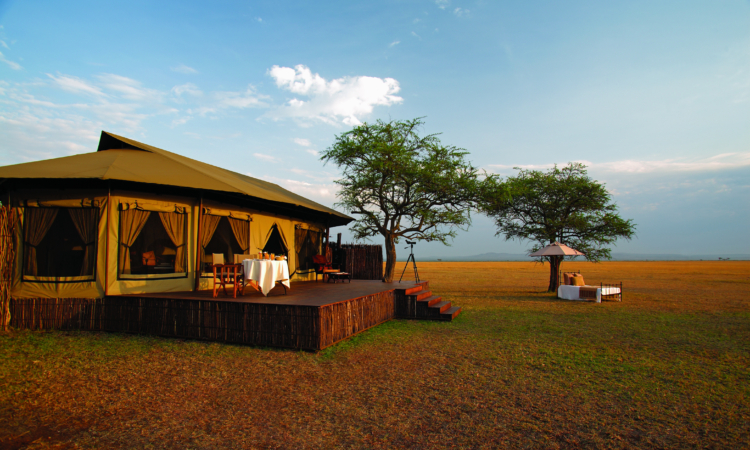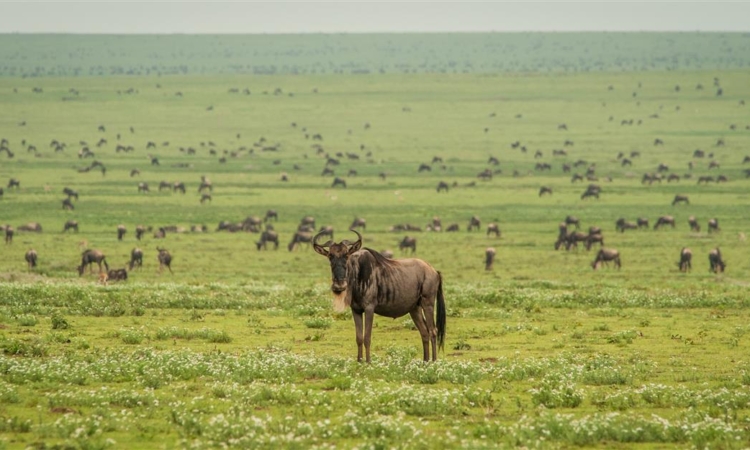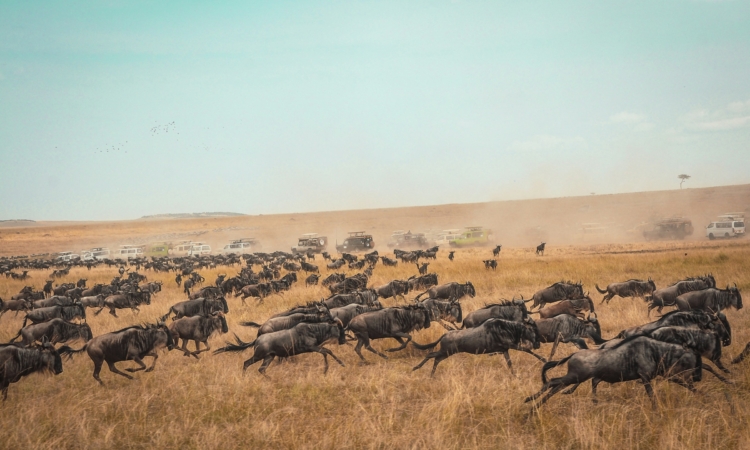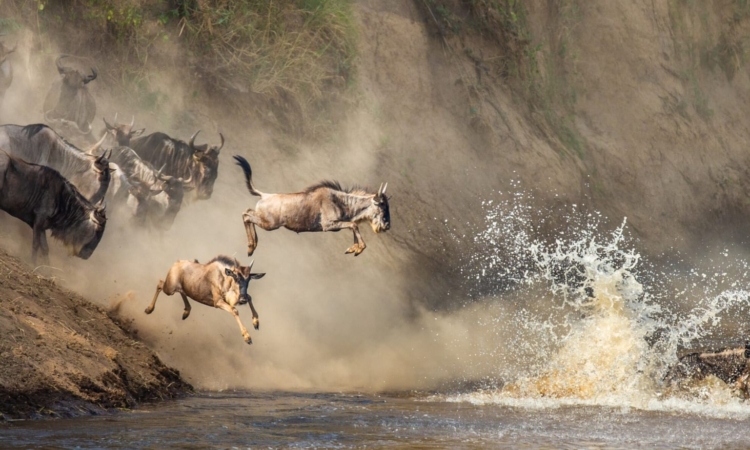The great wildebeest migration is a natural phenomena that usually happens every year at Ngorongoro conservation area, Serengeti national park and Masai Mara national reserve. At the beginning of the year millions of wildebeests, zebras, gazelles and other antelopes start a 800 to 1000 kilometer circular journey in search of fresh water and greener pastures.
WILDEBEEST MIGRATION ROUTE

Southern and Northern parts of Ngorongoro
From late November to December herds of wildebeests start to arrive at the south and eastern parts of Serengeti national park from Masai Mara game reserve in December. The herds spread across the Mara plains grazing on the newly grown grass from November rains, this is the perfect time for photography as the grass is short and green. November is also good for birding when migratory birds from Europe and north Africa are present.
Ndutu region of Serengeti
From late December, herds start to move to Ndutu region an area of about 8000 kilometers squared in between the Northern parts of Ngorongoro conservation area and southern parts of Serengeti. Herds concentrate on Lake Ndutu shores greener pastures and Lake Masek. From January to February calving season starts about 500000 calves are born during this season attracting hundreds of predators interested in preying the young calves. This is one of the best time for visiting Tanzania.
Western and central Serengeti
From the beginning of March migration herds start to move towards the north to western and central of Serengeti national park, the herds spread across the Moru Kopjes and Simba Kopjes. This is also the breeding season and you will witness thousands of males competing for females. By the end of May herds start to move toward central Serengeti at Seronera region.
Grumeti Game Reserve
From early June wildebeest migration herds start to move towards Grumeti area they move in columns of large groups and by the end of June they start crossing the Grumeti river and this is where they meet their first major obstacle during the crossings.
Mara river area
By July most the wildebeests have crossed the Grumeti river and continue to move towards Masai Mara game reserve. But have to cross the great Mara river infested with thousands of crocodiles waiting to hunt for prey. The river crossings continue taking place most days in July and August. With confusion of wildebeests crossing back and forth sometimes. The dramatic Mara river crossings is the highlight of the wildebeest migration for most travelers.
Masai Mara Game Reserve
Wildebeests migration mega herds spread across the Mara game reserve plains. From late July to September grazing on its nutritious pasture. This is also the best time to visit Masai Mara game reserve for the great wildebeest migration.
Loliondo game reserve
Wildebeests move slowly from Masai Mara national reserve through Loliondo game reserve. As most females are pregnant by the end of November. They again spread across south Serengeti and Ngorongoro conservation areas and wait to start their journey again after calving season.
Plan for the great wildebeest migration by contacting our migration safari companies or inquire with us below to plan for your safari tour with us.

